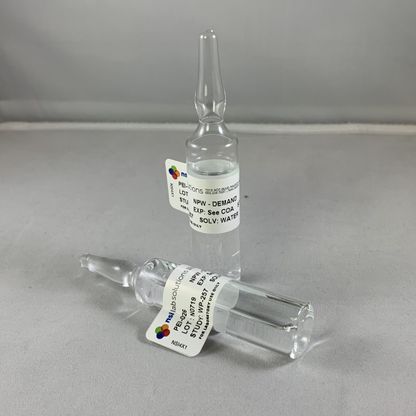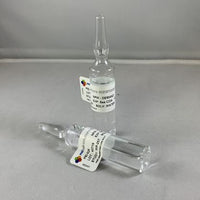1000ug/mL TOC/KHP 125mL
£84.65
1000ug/mL TOC/KHP 500mL
£152.57
Mid-Level Solids CRM, #QCI-055
£193.75
QC SOLIDS STANDARD, 450mL
£81.51
| Method | Description |
|---|---|
| BOD5 | 5-day Biochemical Oxygen Demand — commonly used by municipal wastewater treatment plants. |
| COD | Chemical Oxygen Demand — preferred by industrial facilities for quicker, toxin-resistant analysis. |
| TOC | Total Organic Carbon — non-specific indicator measuring organic carbon in water. |
TOC measures the carbon content of organic compounds in water. It's calculated as:
TOC = Total Carbon (TC) - Inorganic Carbon (TIC)
For Non-Purgeable Organic Carbon (NPOC), inorganic carbon is removed by purging with acidified air or nitrogen before measurement.
| Parameter | Description |
|---|---|
| TSS | Total Suspended Solids — dry weight of undissolved particles retained by a filter. |
| TDS | Total Dissolved Solids — fully dissolved substances; analyzed separately from TSS. |


Wishlist is empty.